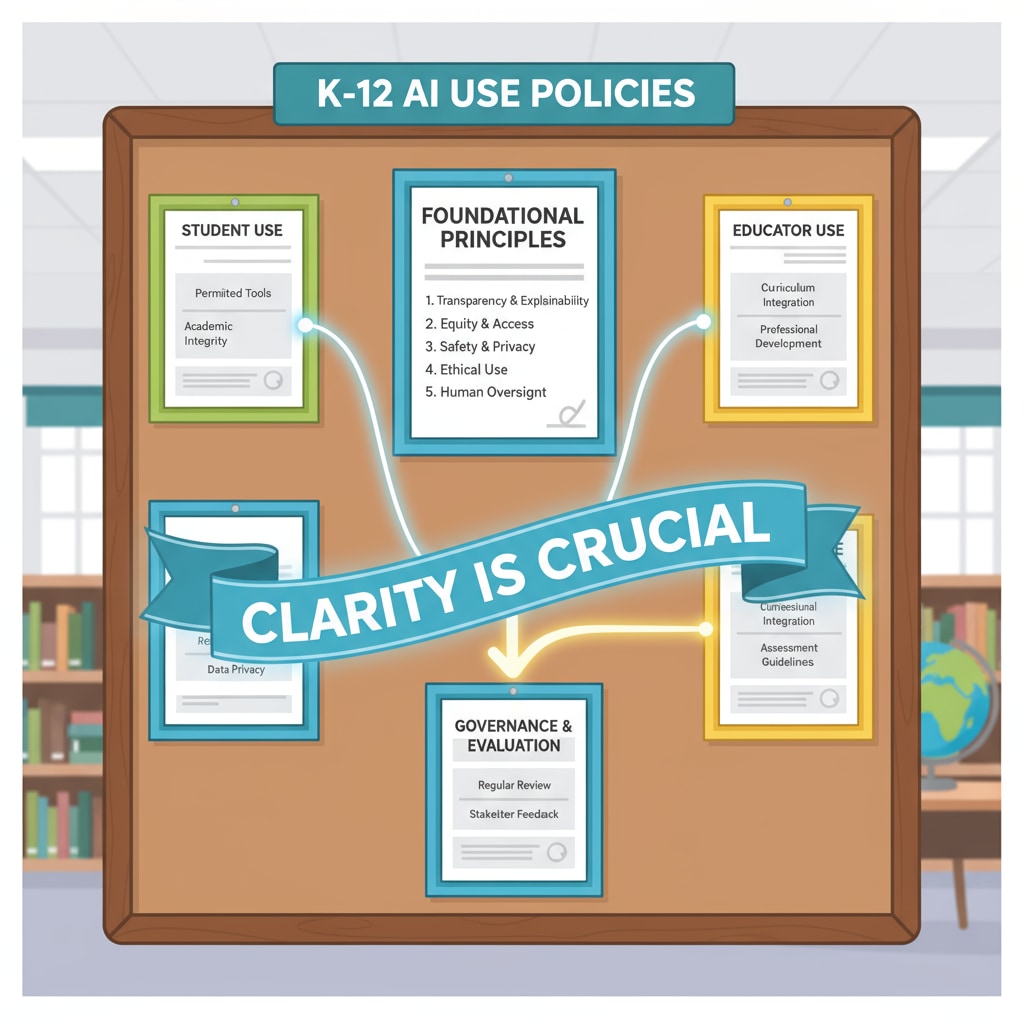Academic integrity, AI policies, and skill depreciation are hot – button issues in the current K12 educational landscape. The advent of artificial intelligence has revolutionized the way we teach and learn, but it has also introduced a host of challenges. As AI tools become more accessible, K12 students are increasingly exposed to them, leading to concerns about academic honesty. Artificial intelligence in education on Wikipedia provides a broad overview of the topic.

The Blurring Lines of Academic Integrity
One of the most significant concerns is the blurring of academic integrity. With AI writing tools capable of generating essays and solving problems at a remarkable speed, students may be tempted to use them to complete assignments. This not only undermines the educational system but also fails to develop the necessary skills for long – term success. For example, when a student relies on an AI – generated essay for a literature assignment, they miss out on the opportunity to analyze texts, develop critical thinking, and express their own ideas. Academic integrity on Britannica offers insights into its importance.
The Need for Clear AI Policies
To address these issues, clear AI policies are essential. Schools and educational institutions need to define what constitutes acceptable and unacceptable use of AI in the academic environment. These policies should not only focus on preventing cheating but also on guiding students on how to use AI as a learning tool. For instance, students could be taught to use AI for research assistance, such as gathering data or generating ideas, rather than for completing entire tasks. In addition, teachers should be trained to detect AI – generated work and incorporate AI – awareness into their teaching methods.

The risk of skill depreciation is another aspect that cannot be overlooked. Over – reliance on AI may lead to students losing fundamental skills like writing, problem – solving, and critical thinking. When students can easily get answers from AI, they may not develop the perseverance and mental agility required to solve complex problems independently. Therefore, it is crucial to find a balance between leveraging AI’s capabilities and preserving students’ hands – on learning experiences.
Readability guidance: By presenting these ideas in short paragraphs and using lists where appropriate, we can enhance the clarity of the content. The use of external links provides reliable sources for further exploration, and the inclusion of relevant images helps to illustrate key points. Throughout the text, we have used transitional words to ensure a smooth flow of ideas.


